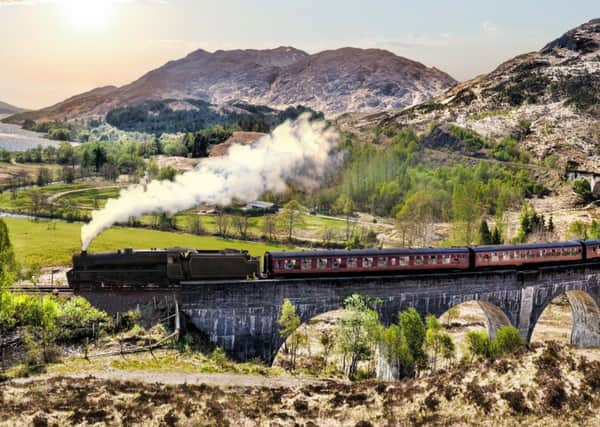Wild landscapes under threat as tourism soars


Scotland regularly features in the world’s top visitor destination rankings – only last week Shetland was listed in the Lonely Planet travel guide’s ten best places to visit in Europe.
Marketing campaigns such as the North Coast 500 driving route have proved a massive success, sparking various spin-offs around the country.
Advertisement
Hide AdAdvertisement
Hide AdOn-screen appearances in the likes of Outlander, Game Of Thrones and the Harry Potter movies have also brought droves of people to see first-hand some of the locations used for filming.
Tourism is worth an estimated £12 billion a year to the Scottish economy, and provides valuable jobs in some of the most remote and rural areas. However, increasing numbers of visitors to popular landmarks are causing wear and tear on the natural environment and impacting local communities.
The John Muir Trust (JMT) owns and cares for around 20,000 hectares of wild land across Scotland, including tourist hotspots such as the summit of Ben Nevis, the idyllic Sandwood Bay on the north coast and part of the Cuillin mountain range on Skye.
The trust has welcomed the success of “brand Scotland”, but is now calling for collaboration between those promoting the country and those caring for its natural assets to work out the best way to ensure the industry remains sustainable.
“We need a better join-up between promoting tourism and managing tourism and recognising that local communities and wild areas are in danger of being loved to death,” said Mike Daniels, head of land management for JMT.
“There needs to be a debate and a discussion about how we go forward. We need to be a bit more proactive rather than reactive. Our new strategy is trying to recognise there are various problems.”
He says the challenge is even greater because of local authority budget cuts, which have taken a toll on services such as countryside rangers, public toilets and parking.
The Scottish Government has set aside £6 million in the Rural Tourism Infrastructure Fund, administered by VisitScotland, to help meet the demands of growing visitor numbers.
Advertisement
Hide AdAdvertisement
Hide AdThe first round of grants saw £3m shared among 18 projects across Scotland, including new toilets and campervan facilities at the Old Man of Storr on Skye and extra parking at the famous Glenfinnan Viaduct.
The second round of projects is due to be announced shortly.
But the JMT believes more national funding must be made available, while options such as a tourist tax should also be considered.
Highland councillors say there is an increasing demand for provision of services and facilities such as dedicated parking and waste disposal for motorhomes, as well as footpaths and long-distance trails, viewpoints on popular roads and public wi-fi.
But the current mechanism for funding local authorities does not specifically cater for tourism-related needs, which means demand for such investment must be balanced against that for other services.